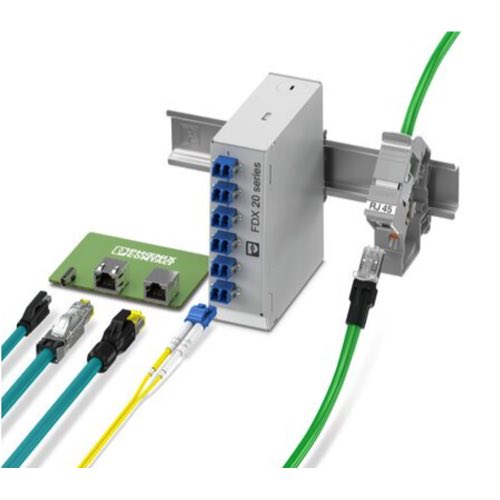Data Connectors

Data connectors are essential components used to establish reliable and secure data communication between electronic devices. They are widely used across telecommunications, computing, industrial automation, and consumer electronics to transmit data signals while maintaining signal integrity and connection stability. A wide range of connector types and configurations are available to support different data protocols, environments, and performance requirements.
USB connectors are among the most commonly used data connectors and are available in several formats, including USB-A, USB-B, and USB-C. These connectors are used to interface computers with peripherals such as keyboards, mice, printers, controllers, and external storage devices. In addition to data transfer, many USB connectors are capable of delivering power, making them suitable for both communication and device charging applications.
Other common data connectors include RJ45 connectors for Ethernet networking, D-sub connectors for serial and parallel communication, and fiber optic connectors such as SC, LC, and ST for high-speed, long-distance data transmission. Fiber connectors are especially valuable in applications requiring high bandwidth and immunity to electromagnetic interference, while D-sub and RJ45 connectors remain common in industrial communication and control systems.
FAQs
Q: What are data connectors used for?
Data connectors are used to connect devices and enable the transmission of data signals in applications such as networking, industrial automation, computing, and telecommunications.
Q: What types of USB connectors are available?
Common USB connector types include USB-A, USB-B, and USB-C. Each type is designed for specific device interfaces and data or power requirements.
Q: What is an RJ45 connector used for?
RJ45 connectors are primarily used for Ethernet networking to connect devices such as computers, switches, routers, and industrial network equipment.
Q: What are D-sub connectors commonly used for?
D-sub connectors are used for serial and parallel communication interfaces, including standards such as RS-232 and RS-485, and are common in industrial and legacy systems.
Q: Why are fiber optic connectors used in data transmission?
Fiber optic connectors support high-speed, long-distance data transmission and are immune to electromagnetic interference, making them ideal for demanding network and communication applications.
Why Buy Data Connectors from RSP Supply
RSP Supply offers a broad selection of data connectors designed to support reliable data transmission across industrial, commercial, and IT applications. Our inventory includes USB, RJ45, D-sub, and fiber optic connector options sourced from trusted manufacturers. Customers rely on RSP Supply for technical expertise, consistent quality, and connector solutions that meet the performance demands of modern data communication systems.

